History of HVAC
Technical Case Study
History of HVAC:
The definition of creature comforts: Things that contribute to bodily comfort and ease, as a hot meal, a comfortable bed, hot water, warmth, cool, etc.
I am very thankful to have two of those in my personal vehicles and my home. Air conditioning and even a factory heater, have not always been available in automobiles. Air conditioning in homes was not common until the 1960s in the US, but A/C has not been so popular until recent in the UK. I lived in Houston long enough to learn about the debilitating heat and humidity. Before HVAC became affordable for homeowners, the Houston population was around 596,000. But now with a home where you could escape the heat and humidity, the population soared to 1.3 million by the end of the ‘60’s.
It is also hard to believe that it wasn’t until 1962 that hot water-based heaters became standard on General Motors® vehicles. In fact, heaters were optional in the industry until the Motor Vehicle Safety Standards required a windshield defroster starting in 1968. The only way to do that was to make heaters a standard accessory on all cars.
In previous articles, I have mentioned my first vehicle was a 1951 Chevrolet® pickup. It did have A/C, a 250 model; open the 2-wing windows and go 50 MPH, or 80 KPH . Note that wing windows, also known as wing vents, went away by the 1980’s as automobile air-conditioning became more popular.
My old truck did not have a heater though. I kept an old quilt in it for longer trips. If I had a date in the winter, I would bring an extra quilt.
Our ancestors would heat up bricks and place them in the cab for a little warmth - I wish I would have thought of that for the ‘ole truck. Optional add on heaters include coal burning stoves, gasoline burning heaters, and heat exchangers around the exhaust were all used.
Packard® introduced a primitive form of air conditioning in 1939. Unfortunately, it did not work so well. First off, the evaporator and blower system took up half the boot space. It did not have an adjustable thermostat; it was either on full blast or off. All the plumbing running from the engine to the boot made it very inefficient. Oh, and the cost of the system was £220, with the starting price for the car was £883. £220 in today’s money would be £4827!
During the ‘70’s nearly all new cars were being produced with air conditioning as standard equipment, except for Datsun®. Other imports, I am sure would ship them with no A/C then the dealership would install as an optional extra after someone purchased the vehicle. Being of low seniority at that time, the above mentioned and radio installs became my job. I did get good at A/C work because of it and I definitely learned how to charge auto air conditioning.
With today’s technology HVAC work can be one of the most profitable types of work a workshop or a tech can do. However, it can also be highly subject to a comeback if not serviced thoroughly, and a comeback is the biggest “profit killer” there is. The only thing worse than a comeback is they don’t ever come back!
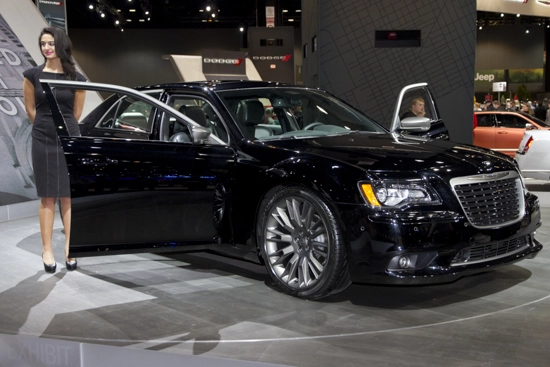
Case Study – 2014 Chrysler® 300:
Customer States: On hotter days the A/C does not work as well as it used to when it was new. The car has over 58,000 miles or 93,341 km. Another big hint perhaps, the A/C had been serviced at a discount garage.
Diagnostic Strategy
- Should we check pressures & vent temperatures first?
- It’s 80°F degrees or 27°C in the shop.
- It’s 45°F or 7°C at the vent.
- Low pressure = 60 PSI
- High pressure = 230 PSI
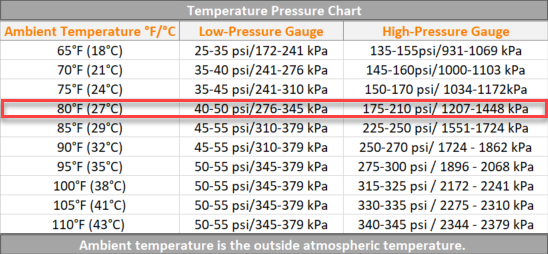
Both low and high pressures are high, aren’t they? So, what could cause that?

It looks like the cause could be due to refrigerant overcharge or air in the system as there was some cooling at the vent, right? Remember the customer said it wasn’t cooling as good as it used to and had it serviced at “discount” place? I have a feeling that it was overcharged and probably still has another problem.
Today’s vehicles call for much more accuracy when charging an A/C system. That is because they require way less refrigerant than ever before. Any system using less than 24 oz., or 680 grams is considered a critical charge system with an accuracy level of as much as +/- 15 grams or +/- .5 oz. commonly considered tolerable. Many manufacturers of A/C equipment push the limit and use economy scales that would only have +/-15 grams accuracy. Snap-on uses scales with a +/- 10-gram accuracy to ensure critical charge vehicles do not get overcharged resulting in a comeback, or a no comeback like in this case study.
Obviously, a complete evacuation and recharge of the car’s air-conditioner is step one.
Retest results
- Low pressure = 42 PSI
- High pressure = 185 PSI
Both pressures are where they should be

The temperature at the vent is only 3 degrees colder. Not bad, but I bet on a hot day it would not be as cold as it “used to be when it was new.” Could we have an air distribution problem?
They say a picture is worth a thousand words, let’s take a look at some below. Using a thermal imager with the A/C on max and the blend doors set on the dash vents, we grabbed this image showing the culprit. Toward the bottom of the picture, we see two dash vents to the right of the steering wheel (see the green squares) and three defroster vents on top of the dash (see the green circles). There should be zero cold air hitting that hot windshield, right? The hot glass would warm that cold air up before it got the passengers. In fact, on hotter days this A/C would not get as cold as it used to when it was new.
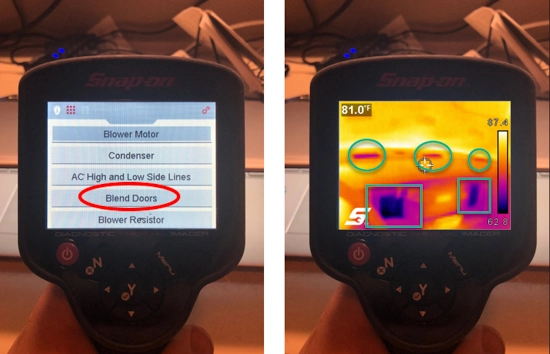
Now, the blend door actuator is either bad or out of calibration - which is pretty common on certain OEMs. Let’s get a scan tool and see what we can do.
The screen shots below shows that there is a recalibration function that should solve the issue by making sure the blend door swings all the way closed in the dash vent position. If the calibration fails it indicates a bad actuator or something obstructing the door.
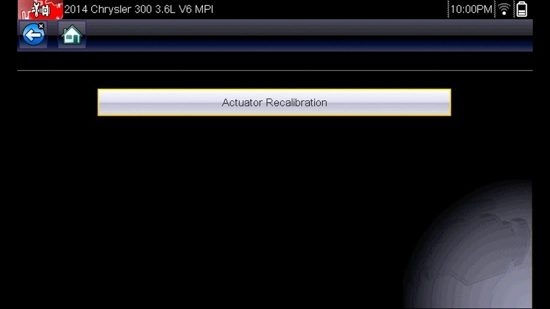
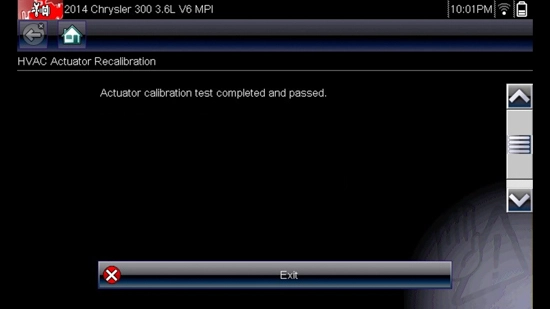
To finalise this case, a great habit to have with any HVAC repair is to replace the cabin air filter. Restricted air flow is always a common culprit of inefficient A/C.
How old were you when you realised that wing vents are no longer in cars? I really do not miss my 250 model A/C system.